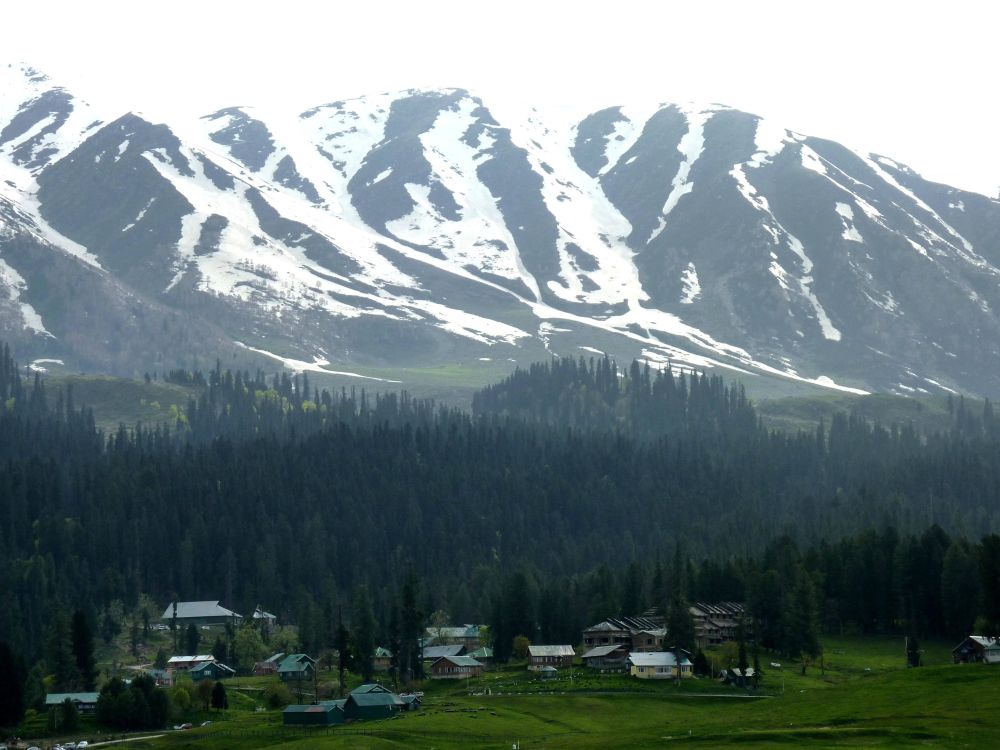

Tangmarg and its renowned neighbor Gulmarg, situated in the Baramulla district of Jammu and Kashmir, are jewels in the crown of Indian tourism. The history of tourism in this region dates back to the 16th century when Sultan Yusuf Shah of the Chak dynasty discovered the rolling hills and lush meadows of Gulmarg. He was enchanted by the sight of wildflowers and the panoramic views of snow-clad mountains. Overwhelmed by its beauty, he coined the name 'Gulmarg,' which means 'meadow of flowers.'
British Colonial Influence and the Advent of Tourism
The tourism boom, however, began in the 19th century during the British colonial rule. The Britishers used Gulmarg as a retreat to escape the summer heat of the Indian plains. They introduced the concept of summer resorts here, and soon, Gulmarg became a hub for British officials and aristocrats. It was during this time that the first golf course in Gulmarg, which is now one of the highest 18-hole golf courses in the world, was laid out.
Post-Independence Era and Development
After India's independence in 1947, Gulmarg continued to flourish as a popular destination for both domestic and international tourists. The establishment of the Gulmarg Gondola— one of the world's highest cable cars — has been a significant development in the area, enhancing accessibility to the skiing slopes and giving tourists a breathtaking view of the surrounding Himalayas.
Winter Sports and Adventure Tourism Trend
In the last few decades, Gulmarg has witnessed a surge in adventure tourism. It's internationally recognized as a top winter sports destination, especially for skiing and snowboarding. The annual Gulmarg Winter Festival has further boosted the location’s image as a vibrant place to experience the local culture, music, and sports.
Eco-Tourism and Sustainability
In recent years, the focus has shifted towards eco-tourism aimed at preserving the pristine natural beauty of the region. Efforts like the ban on plastic bags and the promotion of local handicrafts have become a part of the sustainable tourism initiative. Tourists are encouraged to respect local customs and the environment, maintaining the area's ecological balance, and supporting conservation.
Visitors to Tangmarg and Gulmarg have the opportunity to explore a region rich in natural beauty, history, and cultural heritage. Nature walks, trekking, gondola rides, and sightseeing tours of historical sites like the Maharani Temple and St. Mary's Church are a draw for visitors.
Accessibility
Tangmarg is well-connected and serves as the gateway to Gulmarg. It is about 13 kilometers from Gulmarg and roughly 39 kilometers from Srinagar, the summer capital of Jammu and Kashmir. Regular cab services and buses ply between these places, making travel convenient for tourists.
Accommodation and Best Time to Visit
Both Tangmarg and Gulmarg offer a range of accommodation options, from luxury resorts to budget-friendly guesthouses. The best time to visit for snow sports is between December and March when the region is covered in a thick blanket of snow. For those interested in the lush green meadows and colorful flowers, May to September is the ideal time.
Experience the timeless enchantment of Kashmir in Tangmarg and Gulmarg, where each season paints a unique and breathtaking portrait of nature's majesty.